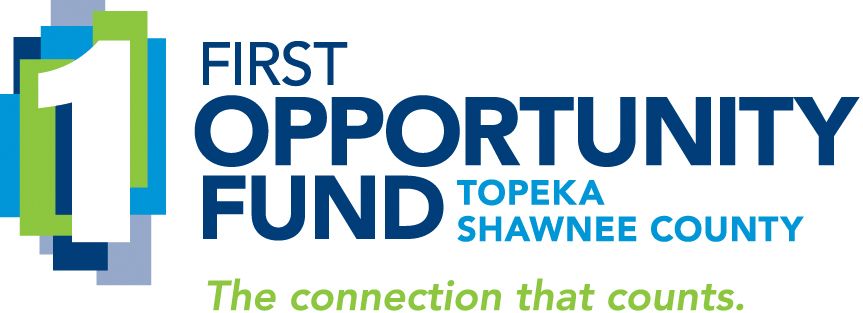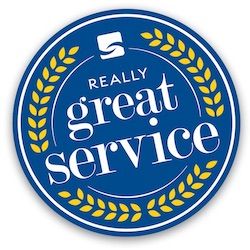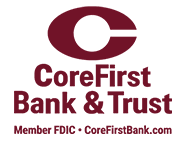 “DEAR VALUED CUSTOMER” is the laziest greeting in business.
“DEAR VALUED CUSTOMER” is the laziest greeting in business.
I recently received an email with this salutation from a company where I spent a significant amount of money about two years ago. They wanted to see if I needed more of their services. They even referenced a survey that I had “recently” filled out—but actually had done more than a year ago.
To start, the timing was odd. The work and the survey were so far in the past, I wondered if my name had ended up on the wrong list.
And more than a little tone deaf, “Dear Valued Customer” doesn’t make anyone feel valued. You may as well say, “Hey you!” and be the poster child for customer experience fails.
In this modern age, no one should be sending letters or emails with a “Dear Valued Customer” salutation. If you are, please stop. When someone is “valued” and a “customer,” you know their name. Use it.
Dale Carnegie said, “A person's name is to that person, the sweetest, most important sound in any language.”
And you need to do more
The success of a business relies on more than just attracting new customers. It hinges on cultivating ongoing and deepening relationships with those you already have. The cost to retain an existing customer is much more efficient than the cost to attract a new one.
This is especially important for financial brands where building trust takes a long time but can be shattered with one bad move.
 Photo by Jon Tyson on UnsplashYour current customers are more than important; they are vital to your success. You can speak to them in shorthand because they already know you and are familiar with your products and services. People like to do business with people they already know and to buy products that are already familar to them. This buying habit translates into a lifetime value that should drive your marketing strategy: to communicate in personal, timely, meaningful and relevant language.
Photo by Jon Tyson on UnsplashYour current customers are more than important; they are vital to your success. You can speak to them in shorthand because they already know you and are familiar with your products and services. People like to do business with people they already know and to buy products that are already familar to them. This buying habit translates into a lifetime value that should drive your marketing strategy: to communicate in personal, timely, meaningful and relevant language.
You must show them that they are important and valued by delivering a superior customer experience through every stage of sales cyle: from considering to buying to using your products/services to referring others and then back to buying again.
Personalization is required
Savvy financial branders know that people want customized, tailored experiences. Marketing trends are shifting that direction in every type of interaction: advertising, web site, app, in branch, direct mail, email and even text.
Consumers demand and respond to personalization:
- Consumers find personalization appealing.
- Consumers expect brands to understand their needs based on buying history.
- Consumers get frustrated with “one-size-fits-all” marketing content.
- They get bombarded with impersonal, irrelevant messaging.
- They are more likely to engage with personalized content and to do business with brands that customize the buying experience.
- Despite the privacy concerns of some, consumers will share their data if it means they get exclusive discounts on the products they want.
Personalization pays a 20:1 ROI. The return on a $1 investment in personalization can deliver up to $20 in returns. (Source: https://www.liveclicker.com/resources/report/the-value-of-personalization-optimization-for-retailers/)
3 steps to effective customer retention
Personalized, tailored communications help you retain and deepen valuable relationships because they put the customer—instead of the product—at the center of the relationship. They prime the buying pump because they address the person with timely and relevant offers. Take these 3 steps to make sure your communications are welcome and effective.
Step 1: know who your current customers are
It seems simple. But as demonstrated by “Dear Valued Customer,” there are institutions that aren’t taking the basic step of doing a data merge of customer names into communications. Mine your CRM or database. Use it to ensure that your message sounds like you know and remember the recipient or at least like they are a person with a name, not just an account number with your institution.
Step 2: know your customer needs
You can anticipate someone’s needs based on past purchase behavior. Do they have family members who are also doing business with you? What is the age of the customer? The spouse or children? Knowing what lifestage a person is in can inform what financial products they may need.
Segment your customer list and build profiles of similar customers to predict and anticipate when and what someone is likely to need.
Make it easy for customers to participate in the relationship by giving them a way to tell you what they want, such as a satisfaction survey or by providing them the option to customize how often they get messages from you and through which channels (email, phone, text, etc.).
Step 3: communicate in a timely and relevant way
Thinking back to the case of the “Dear Valued Customer” company, make sure your communications take into account when the customer last interacted with you. You should respond or reach out in a timely way. New account onboarding should consist of multiple touchpoints and follow ups. If they submit a survey, don’t let their input get stale. Waiting too long to reach out or respond can sour the relationship you’ve worked so hard to build.
The sales cycle for your institution and brand is like no other, so you need to develop a schedule that optimizes your opportunities. Define the buying cycle for your products and services, and build in ticklers at appropriate intervals in your marketing program to promote when the time is right. Some examples:
- Monitor when a CD maturity date approaches and talk to customers about ways to reinvest those funds.
- When a car loan is paid off, the customer may be shopping for a new vehicle or want to start a new savings account, diverting what used to be a car payment into a vacation account.
- If a customer gets married or expands their family, they may be shopping for a mortgage.
- Marriage/divorce and other family events can be pivotal times for establishing savings, retirement, emergency funds, mortgages, insurance changes and other financial needs.
Start at Step 1
Implementing a full-fledged personalized marketing program may seem overwhelming. If you don’t have a system in place that automates this, just start with getting customer names right. Then build up your system from there. Later you can add levels of sophistication such as purchase history, lifestyle, family status and other data points that will help you up your marketing game and deliver a best-in-class experience.
If you really value your customers, you can tell them and you can show them. Just don’t call them “Dear Valued Customer.”
For more thought leadership on building deeper relationships with current customers, here's a 6-minute video on the subject: Wasted financial brand communications: marketers must do better.
Do you need a bank marketing agency to help you build stronger, more profitable relationships with your customers? Contact Alexandra Reilly to get started:
























